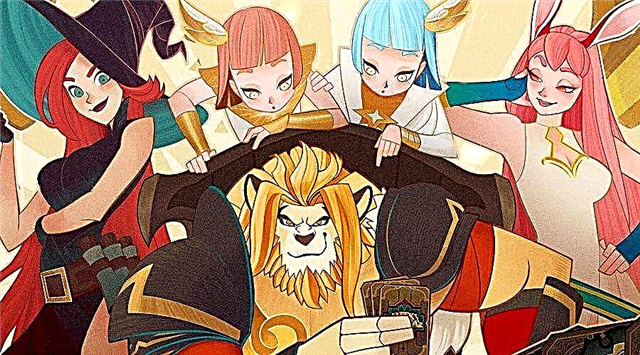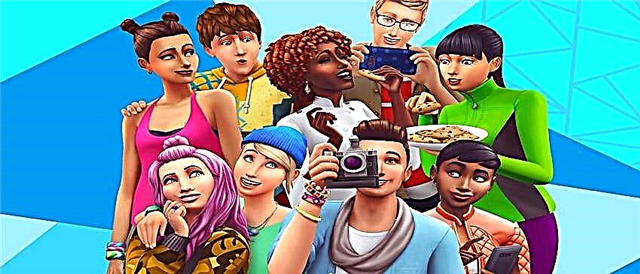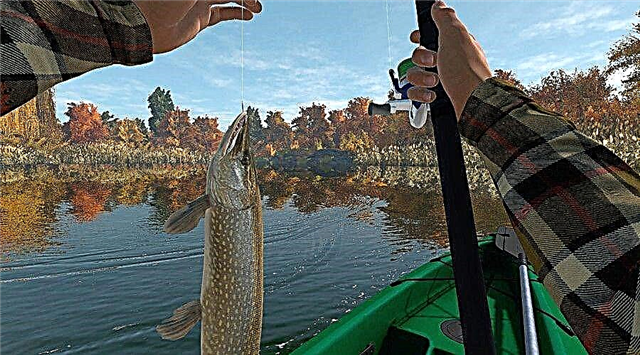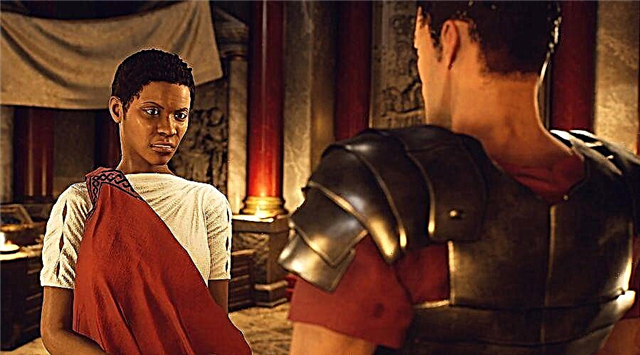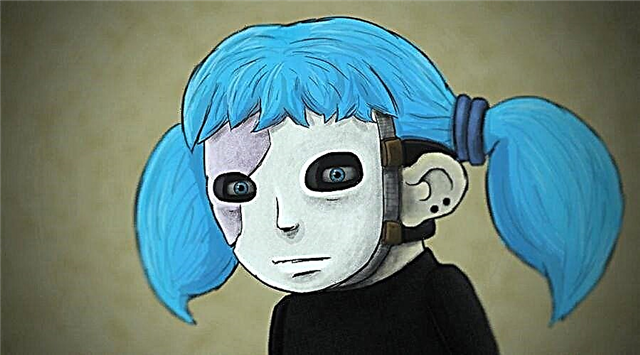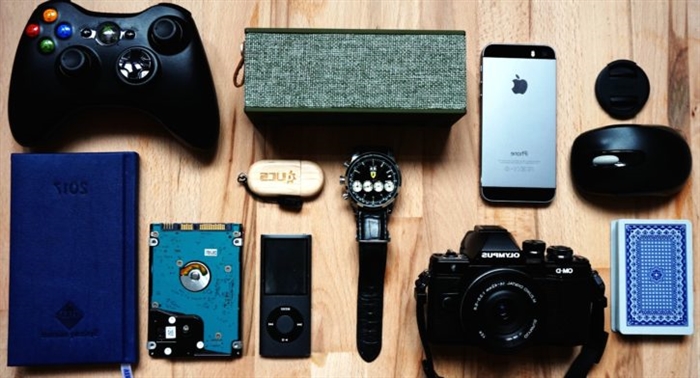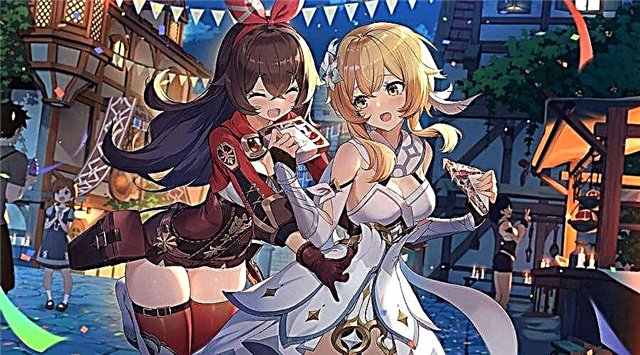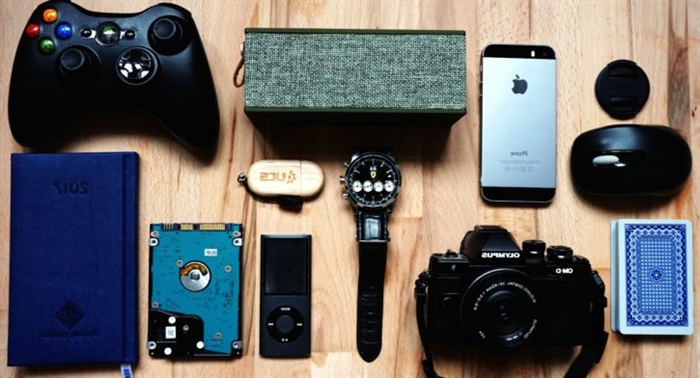If you want to master the B 'n' D card game in Bravely Default 2, here's everything you need to know about this minigame.
Bravely Default 2 is a card minigame called Bind and Divide, or B 'n' D for short, offering players a fun little way to take a break from the main adventure. B 'n' D not only offers a fun little side-game, but is also the key to unlocking the player's extra work and also engaging in other side quests.
This Triple Triad-style game isn't necessarily straightforward, even though the manual goes out of its way to explain how the game works. With that in mind, we've put together a handy little guide so you can quickly become a B 'n' D master.
How to unblock Bind And Divide
You can unlock the Bind and Divide mini-game by talking to Shirley the Player in the Game Room located in Savalona, which is also a side quest required to unlock the Player Star. This quest becomes available after obtaining the Beastmaster star in the main storyline. You don't need to complete this quest to unlock B 'n' D, however, as after you talk to Shirley she will give you your first deck of cards and a practice match, so you're good to go.
As part of the Shirley side quest, you will be asked to speak to Orpheus at the back of the hall - be sure to do so as you will receive a free map. The two NPCs in the Game Room that you need to defeat to complete the quest are also good practice partners to figure it out. If you need to brush up on a lesson, you can talk to the NPC behind the counter on the left side of the game room.
The basics
At the start of each card battle, a coin will be thrown to decide which player goes first. You then choose which deck you want to use for the match, although when you first start, you only have one deck.
The goal of B 'n' D is to occupy as much of the board as possible by placing cards and claiming squares as your territory (blue squares), with the goal of having more squares occupied than your opponent's (red squares). ). Each player has six cards, and when all cards are laid out on the board, the winner is the one with the most filled squares. If you and your opponent end the game on the same number of occupied cells, the match ends in a draw.
One of the best ways to capture territory is to flank your opponent's cards, effectively placing your opponent's cards between yours, as this will make their board yours. In any game, you should aim to capture the corner squares, as they cannot be flanked.
Placing a square over a square that is already occupied by your opponent will neutralize it, leaving it unoccupied again. If you place a card that must simultaneously neutralize and then flank the card with the same maneuver, then neutralization always takes precedence over flanking, and only that effect will take place.
Different types of cards
There are different types of cards you can have in your deck, with different claim schemes and the effects they can apply. In addition to weakening and strengthening other cards, there are other effects that affect the number of squares required. Some cards have a "scorched earth" effect that poisons squares and, after three turns, returns them back to a state of no use. The “Fortify Position” effect protects squares with a shield, making them invulnerable to the only case of neutralization or capture by the flank.
Monster Cards
Most of your cards will be monster base cards, and each will have a few green squares to show the structure of the squares you may require when placing the card. The bright green square is the base square and can only be placed on squares that are not yet in demand. The dark green squares are extra squares that will be occupied when you place the card, and they can overlap the squares your enemy has requested to neutralize them, making them unoccupied again.
Monster cards are divided into different groups depending on the type of monster on the map. This is important as different families can be affected by different profession and character card effects.
Job Cards
Job cards also have a green pattern showing which squares they can qualify for, but they also have an additional feature. Job cards have special effects that will appear on each card. The effect is triggered when the card is placed. These effects are either one-time or last until the end of the match.
Job cards with advanced effects can sometimes place tokens on the board, and neutralizing the token's square or flank to pick it up will remove the token's effect. You can see the effect of the token by going to the board and viewing the information about it.
Character Cards
Character cards have powerful effects, but don't always directly require any cards when placed. Many of these cards have permanent effects that last until the end of the match.
Extended-effect character cards can also sometimes place tokens on the board, in much the same way as mission cards, and can be neutralized and removed in the same way.
Buying new cards
Every time you win a match, you will be taken to a screen where you can buy the cards that your current opponent used for points. These points are earned in the B 'n' D game and reflect the rank of your card and the rules that were in place for the match.
Match rules
When you challenge your opponent to play B 'n' D, the rules that will apply for the match are displayed on the screen.
Once you have acquired all the cards that one NPC has to offer, you can change the rules for any future matches with them. This can be done from the start screen that appears when you challenge them. You can apply two rules for each match. The following rules are available:
- No Keepsies - you will not accidentally lose a card when defeated, but you will also earn a little less points.
- Wraparound - Occupying an area that would be beyond the edge of the board results in a square on the opposite side of the board being occupied instead, earning a small bonus points.
- Wipeout - Starting from the fifth turn, it will be possible to defeat your opponent by reducing the number of squares he occupies to zero, receiving a small bonus in the form of points.
- First Past the Post - Can be won by finishing 15 squares first. It will also bring a small bonus in the form of points.
Deck change
Each time you initiate a card battle, you will have the option to edit your deck, and you can have up to three decks ready at any time. It's worth building different decks to take advantage of the different rules so you can farm points more efficiently to buy newer and better cards.
Lost cards
If the “No Keepsies” rule does not apply, you will lose a random card when you lose in B 'n' D. To get a lost card back, you can check your card folder (found in the Knowledge section of the main menu) and then explore Lost cards to see which NPCs you can buy them from. Just challenge this NPC and win to redeem your card.
Search for opponents
After you unlock B 'n' D, you will find various players to challenge in the cities you visit. NPCs will have a B 'n' D card logo above their head if they can be summoned to play. Challenging many different NPCs is key to building a powerful deck, as each NPC will have different cards available for purchase. As your rating increases, you will be able to challenge even more opponents.


